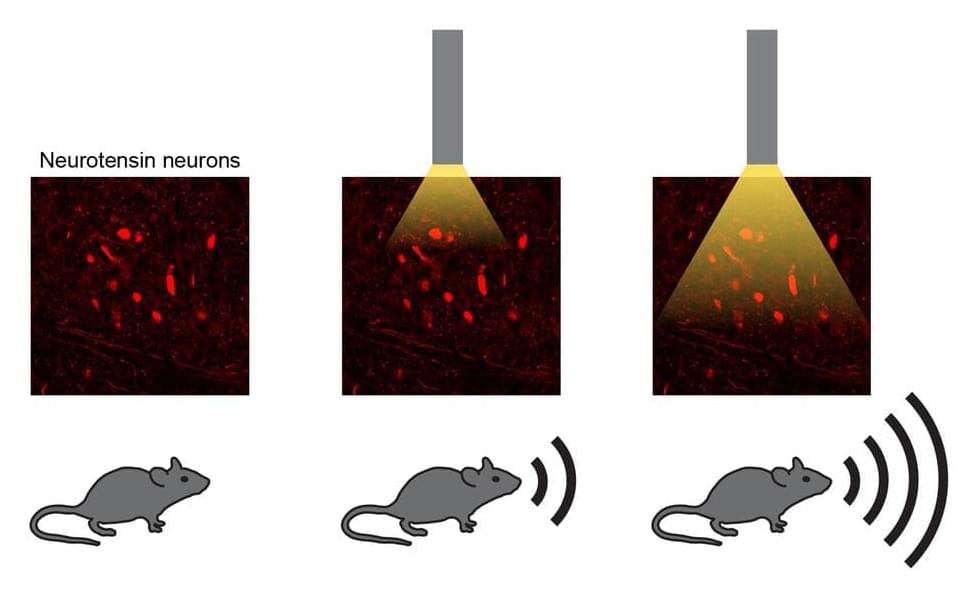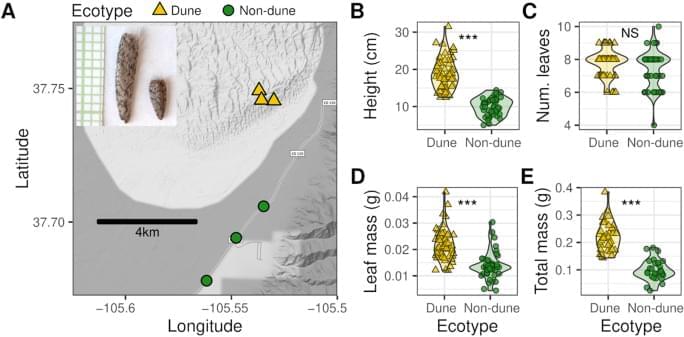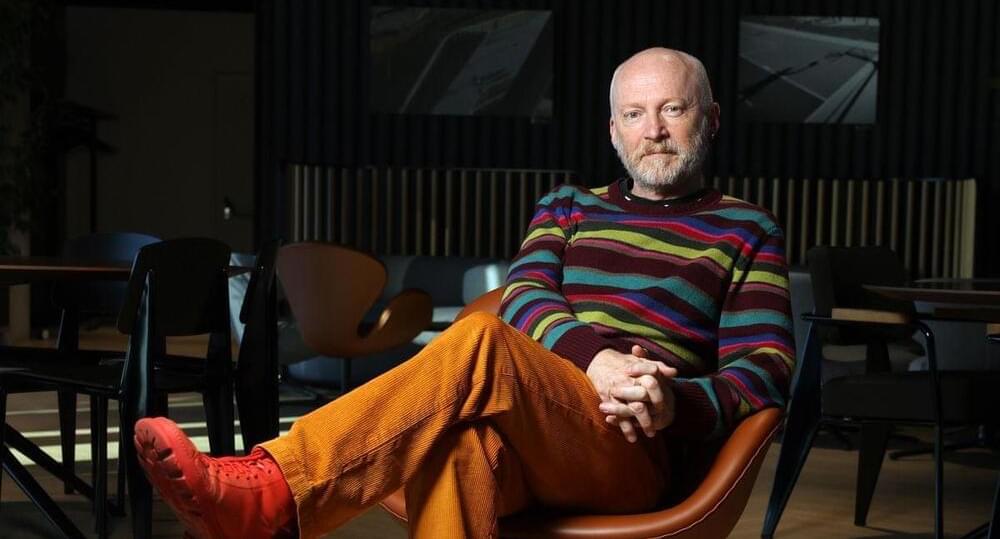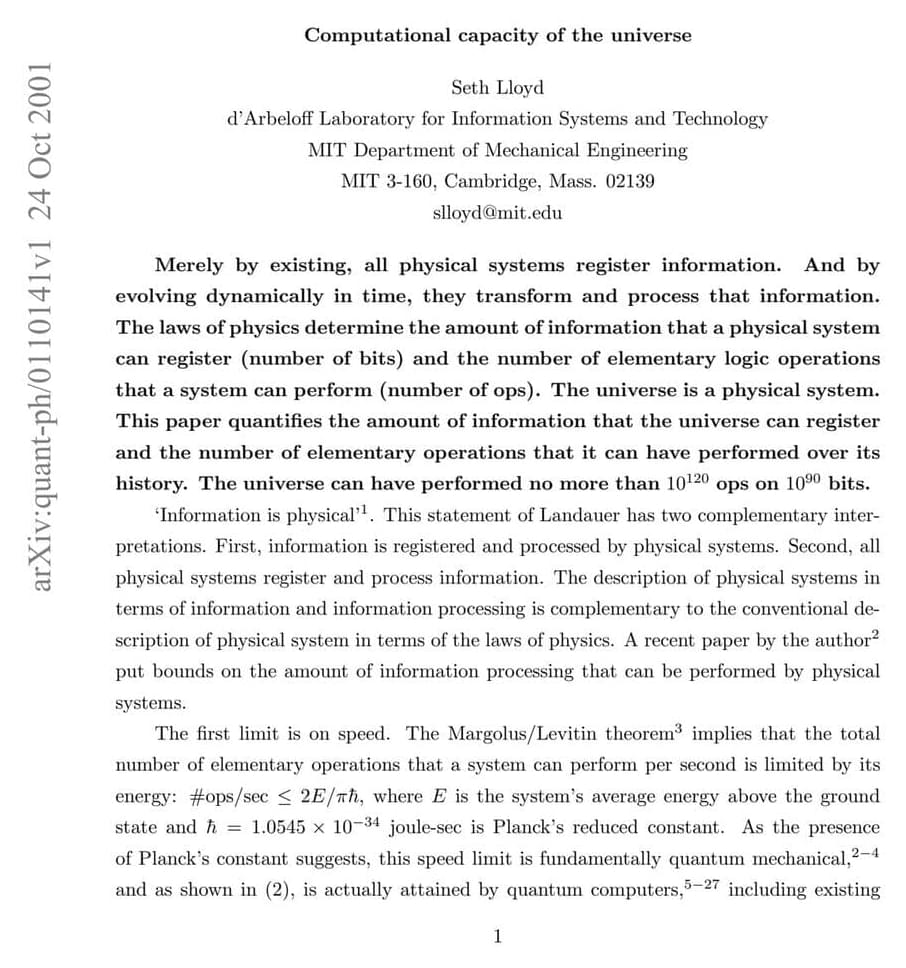Biotech stocks could be at a major turning point after FDA approval of the first gene editing drug using CRISPR technology to treat sickle cell disease. Gove…
Get the latest international news and world events from around the world.
New Breakthrough Theory Lets Physics Predict Evolution — Assembly Theory Explained
Start speaking a new language in 3 weeks with Babbel 🎉 Get 60% OFF your subscription during their Black Friday sale Here: https://go.babbel.com/t?bsc=1200m6…
Portable, non-invasive, mind-reading AI turns thoughts into text
In a world-first, researchers from the GrapheneX-UTS Human-centric Artificial Intelligence Centre at the University of Technology Sydney (UTS) have developed a portable, non-invasive system that can decode silent thoughts and turn them into text.
The technology could aid communication for people who are unable to speak due to illness or injury, including stroke or paralysis. It could also enable seamless communication between humans and machines, such as the operation of a bionic arm or robot.
The study has been selected as the spotlight paper at the NeurIPS conference, an annual meeting that showcases world-leading research on artificial intelligence and machine learning, held in New Orleans on 12 December 2023.

A cluster of genetically defined brainstem neurons involved in the production and modulation of sounds
Humans and other mammals can produce a wide range of sounds, while also modulating their volume and pitch. These sounds, also known as mammalian vocalizations, play a central role in communication between both animals of the same and of different species.
Researchers at Stanford University School of Medicine recently carried out a study aimed at better understanding the neural mechanisms underpinning the production and modulation of mammal vocalizations. Their paper, published in Nature Neuroscience, identifies a neural circuit and a set of genetically defined neurons in the mouse brain that play a key role in the production of sound.
“All mammals, including humans, vocalize by pushing air past the vocal cords of the larynx, which vibrate to produce sound,” Avin Veerakumar, co-author of the paper, told Medical Xpress.

Training algorithm breaks barriers to deep physical neural networks
EPFL researchers have developed an algorithm to train an analog neural network just as accurately as a digital one, enabling the development of more efficient alternatives to power-hungry deep learning hardware.
With their ability to process vast amounts of data through algorithmic ‘learning’ rather than traditional programming, it often seems like the potential of deep neural networks like Chat-GPT is limitless. But as the scope and impact of these systems have grown, so have their size, complexity, and energy consumption —the latter of which is significant enough to raise concerns about contributions to global carbon emissions.
While we often think of technological advancement in terms of shifting from analog to digital, researchers are now looking for answers to this problem in physical alternatives to digital deep neural networks. One such researcher is Romain Fleury of EPFL’s Laboratory of Wave Engineering in the School of Engineering.


Ultrasound Enables Remote 3D Printing–Even in the Human Body
For the first time, researchers have used sound waves to 3D print an object from a distance—even with a wall in the way.

Gene expression and alternative splicing contribute to adaptive divergence of ecotypes
Innes, P.A., Goebl, A.M., Smith, C.C.R. et al. Gene expression and alternative splicing contribute to adaptive divergence of ecotypes. Heredity (2023). https://doi.org/10.1038/s41437-023-00665-y.


Stephen Wolfram joins Brian Greene to explore whether the ultimate theory of the universe might emerge from a computationally simple framework
This program is part of the Big Ideas series, supported by the John Templeton Foundation.
Participant:
Stephen Wolfram.
Moderator:
Brian Greene.
WSF Landing Page Link: https://www.worldsciencefestival.com/programs/coding-the-cos…putations/
- SUBSCRIBE to our YouTube Channel and “ring the bell” for all the latest videos from WSF
- VISIT our Website: http://www.worldsciencefestival.com.
- LIKE us on Facebook: https://www.facebook.com/worldsciencefestival.
- FOLLOW us on Twitter: https://twitter.com/WorldSciFest.
#briangreene #stephenwolfram #computerscience